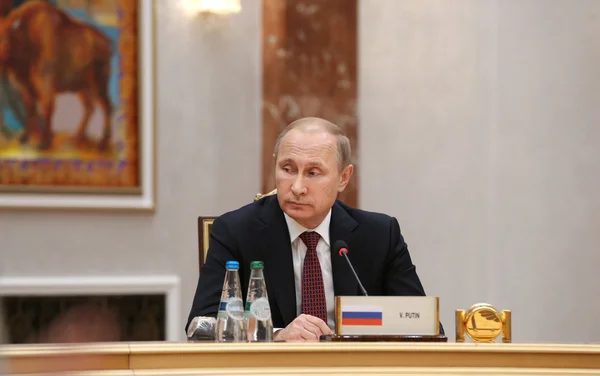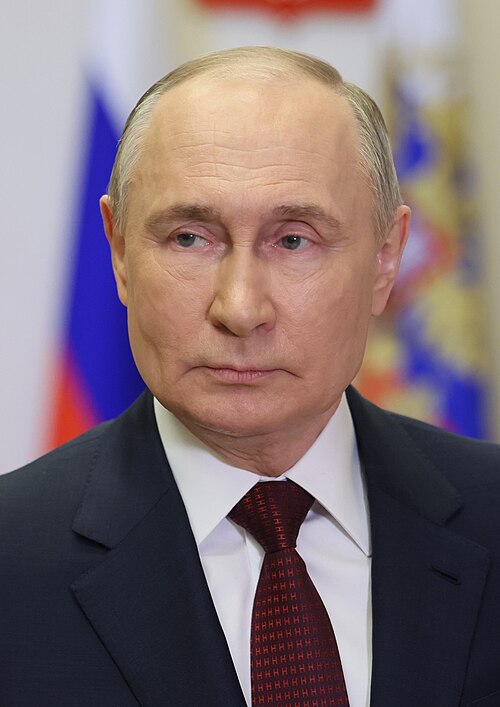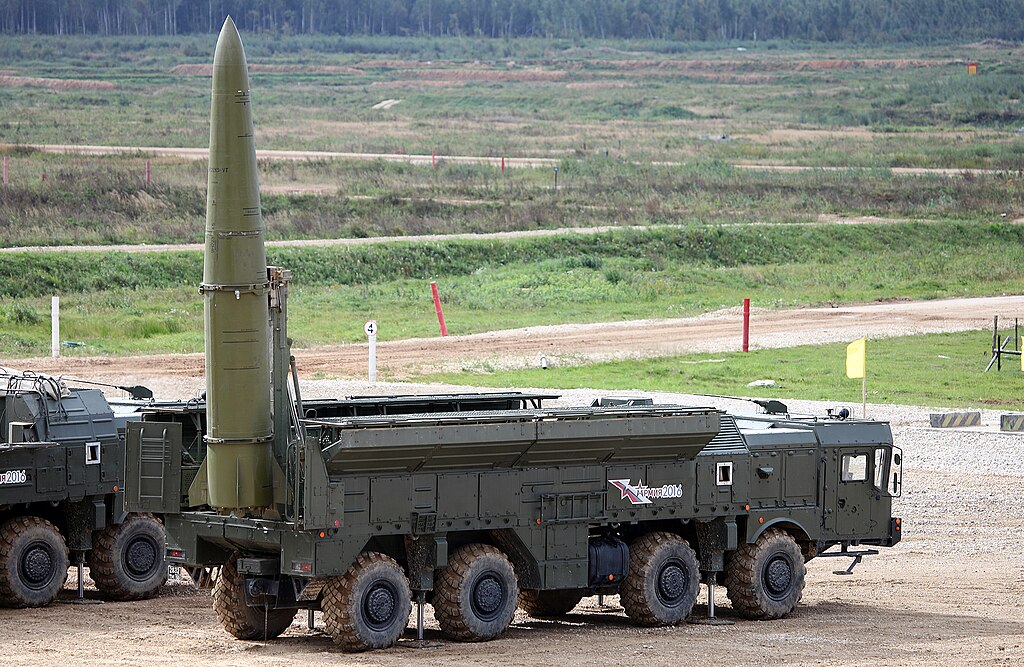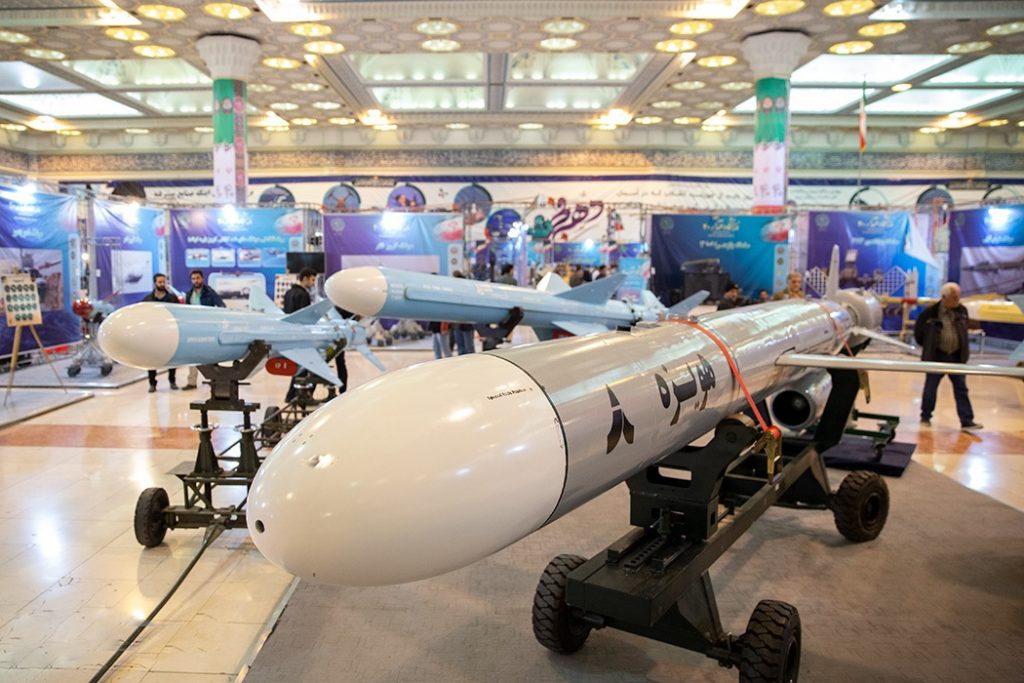
“Let them see.” With those words, Vladimir Putin claimed to have allowed a NATO surveillance vessel to witness Russia’s latest nuclear missile test. It was less an act of transparency than a deliberately staged display of prowess to unsettle opponents. In the fraught atmosphere of 2025, such demonstrations carry strategic weight far beyond the Arctic test range.
The Burevestnik nuclear-powered cruise missile has been bathed in secrecy and controversy since it was unveiled. According to reports, near-unlimited range, flight paths that are unable to be predetermined, and the ability to evade missile defenses raise concern among defense analysts and military planners. In concert with the Poseidon nuclear-armed underwater drone, these systems represent a new class of strategic threats challenging established deterrence models.
This listicle breaks down the most striking elements of Putin’s announcement and the surrounding developments, from the missile’s technical claims to the geopolitical signals embedded in its test. Each section offers insight into why these weapons matter, how they fit into Russia’s broader military posture, and what they mean for NATO’s security calculus.

1. A Missile Test Conducted Under NATO’s Watch
It is no accident that Putin allowed, even invited, a NATO reconnaissance vessel-most probably Norway’s Marjata IV-to observe the test of Burevestnik on October 21. In allowing the vessel to observe the launch, the Kremlin signaled confidence in the missile’s performance and wanted to validate its claims in front of foreign observers. The test reportedly lasted 15 hours, over 8,700 miles from an Arctic launch site, to prove endurance beyond any existing system.

2. Nuclear Propulsion for Unlimited Range
At its core, the core innovation of the Burevestnik is its small nuclear reactor-chemical combustion to attain propulsion through fission. Such a design would reputedly give the missile a virtually unlimited range, enabling it to circle for days before it strikes. Similar ideas were researched in the United States during the 1960s in Project Pluto but were shelved due to environmental and safety concerns. That Russia might consider dusting off such technology underlines how seriously it is taking strategic reach over ecological risk.

3. Low-Altitude, Unpredictable Flight Paths
It can fly as low as 50–100 meters and hug the terrain, making it virtually undetectable by radar. The ability to make both vertical and horizontal maneuvers in flight further adds to the complication of any attempt at interception. This profile enables it to bypass missile defense systems designed for predictable ballistic trajectories, reinforcing Putin’s claim that it can defeat current and future U.S. missile shields.

4. Safety Risks and Past Accidents
Failures have marked the test history of the missile, including a 2019 explosion in the White Sea that killed five Rosatom scientists and caused a radiation spike recorded as far away as Severodvinsk. The Intelligence Service of Norway warned that testing of Burevestnik creates the potential for local radioactive emissions, especially in the case of unarmed trials that require the missile to strike land or water. Incidents such as these illustrate some of the risks of airborne nuclear propulsion.

5. Poseidon: The Underwater ‘Doomsday’ Drone
In addition to the Burevestnik, Putin lauded the Poseidon nuclear-powered underwater drone, capable of operating 3,300 feet below sea level at speeds up to 100 knots, carrying up to a 100-megaton warhead. Its primary destructive mechanism is the creation of radioactive tsunamis to destroy coastal cities-a concept that scholars argue almost certainly violates the ENMOD Convention and Additional Protocol I because it weaponizes the environment.

6. Strategic Messaging to the United States
The timing and rhetoric of the test suggest a deliberate signal to Washington. In touting the missile’s capability to bypass missile defenses, Putin is matching U.S. initiatives such as the Golden Dome program with one of his own. Analysts note the intended target for such a weapon would be the U.S. homeland, not regional adversaries, and that the test represented nuclear saber-rattling intended to influence American policy on arms control and weapons transfers to Ukraine.

7. Integration with Existing Launch Platforms
It has been reported by Russian state media that, with modifications, the Burevestnik could be launched from systems already in service, such as the Iskander and Oreshnik missiles. This adaptability can speed up deployment timelines once operational readiness is achieved without necessarily developing an entirely new infrastructure.

8. Historical Precedent and Technological Legacy
The concept of a nuclear-powered cruise missile is new for Russia in its present form but inherits the technological ancestry of the Cold War-era experiments. The unshielded reactor design of Project Pluto caused significant radiological leakage, which modern engineering has not fully solved. The persistence of these challenges raises real doubts as to whether the Burevestnik can be safely fielded without unacceptable environmental consequences.

9. Immediate Ukrainian Battlefield Response
Even as Putin was celebrating his missile test, Ukraine struck back with precision. An FP-2 drone carrying a 105-kg warhead destroyed the headquarters of Russia’s elite Rubicon drone unit in occupied Avdiivka. That unit, specializing in electronic reconnaissance and combat UAVs, is considered one of Russia’s most capable formations. The strike eliminated officers and operators and delivered a symbolic counterpunch to Moscow’s show of strategic might.
The public flaunting of the Burevestnik and Poseidon systems by Putin is more than a technological boast-it is a calculated geopolitical maneuver. Blending demonstrations of cutting-edge, if hazardous, nuclear propulsion with immediate battlefield narratives, the Kremlin seeks to project dominance across both strategic and tactical domains. For NATO and defense planners, the challenge is not simply to counter these capabilities but to decode the signals they project about Russia’s long-term intent.

